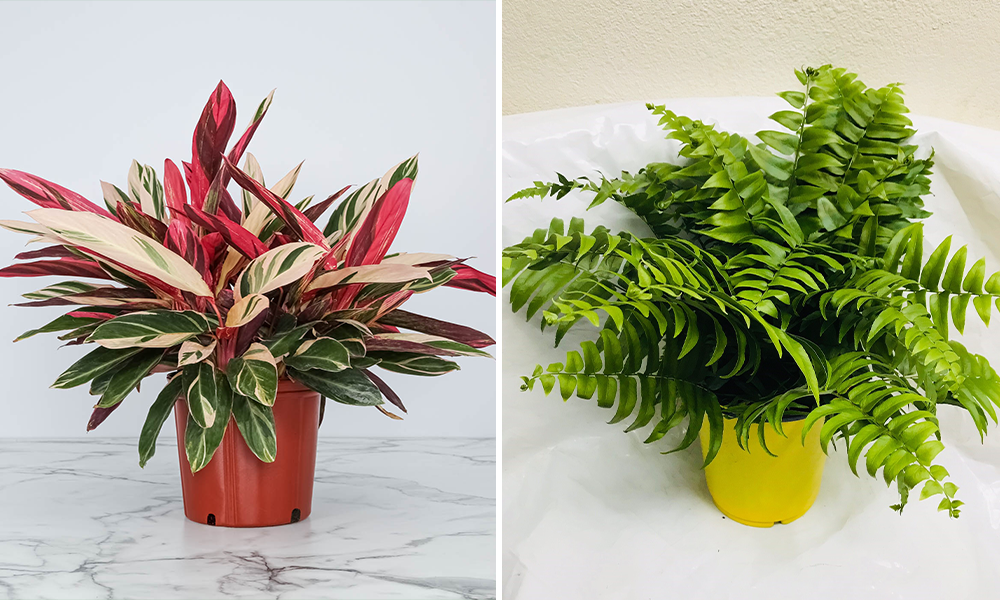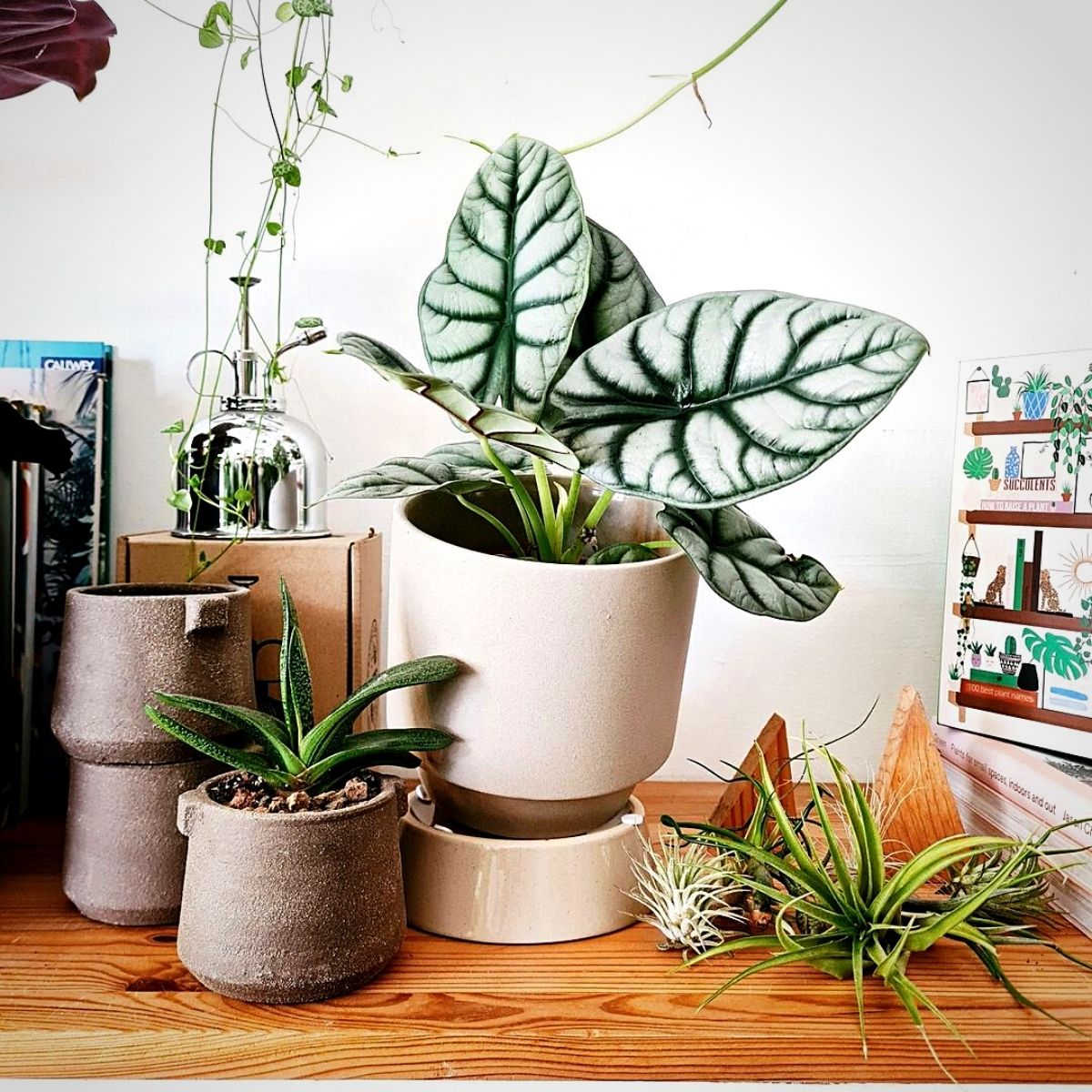Low Maintenance and Beautiful: Best Low-Light Indoor Plants for Your Home
Low Maintenance and Beautiful: Best Low-Light Indoor Plants for Your Home
Blog Article
Transform Your Home With Beautiful Low-Light Indoor Plants and Their Benefits
Including low-light indoor plants into your home can considerably enhance both the ecological and visual quality of your living areas. These plants, which prosper in dim problems, serve not just as decorative elements but additionally as all-natural air cleansers, making them optimal for metropolitan occupants or those with limited sunshine exposure. As we discover the different kinds of low-light plants and their benefits, you might locate surprising methods to incorporate them right into your home that can change your environments in methods you could not have actually anticipated.
Benefits of Low-Light Plants
Low-light plants use numerous benefits for indoor settings, making them a superb option for both newbie and knowledgeable gardeners. One of the key benefits is their adaptability to low-light conditions, enabling individuals to boost their space without the need for extensive sunlight exposure. This particular makes them perfect for homes, offices, and other locations with restricted natural light.

Moreover, integrating low-light plants right into home decor can raise the aesthetic allure of a room. Their lavish vegetation and differed textures create a soothing environment, adding to overall health. The existence of plant has actually been connected to minimized stress degrees and boosted efficiency, making low-light plants a practical option for enhancing both psychological and physical health and wellness in interior settings.
Leading Low-Light Indoor Plants
While lots of interior plants grow in brilliant light, several varieties are specifically fit for low-light problems, making them ideal for numerous indoor areas. One prominent choice is the Snake Plant (Sansevieria), understood for its striking upright fallen leaves and resilience, needing marginal treatment. Another excellent alternative is the Pothos (Epipremnum aureum), which includes heart-shaped fallen leaves and can trail wonderfully from hangers or racks, thriving in low light and including a lush touch.
The ZZ Plant (Zamioculcas zamiifolia) is celebrated for its shiny leaves and capacity to stand up to forget, making it ideal for busy way of lives. The Tranquility Lily (Spathiphyllum) not only tolerates low light but additionally creates spectacular white blossoms, improving any kind of room's visual.
For a special touch, think about the Cast Iron Plant (Aspidistra elatior), which indeed lives up to its name, growing in the darkest edges of your home. The Chinese Evergreen (Aglaonema) offers a range of fallen leave patterns and shades while being incredibly forgiving in low-light problems. These plants not just enhance indoor environments however likewise add to air filtration, improving your space.
Treatment Tips for Low-Light Plants

Sprinkling practices are critical; these plants often like a little completely dry problems. Overwatering can lead to root rot, so guarantee that the top inch of soil is completely dry prior to sprinkling again. Usage pots with drainage openings to allow excess dampness to run away.
Moisture is an additional crucial factor. Numerous low-light plants, such as ferns and tranquility lilies, benefit from higher moisture degrees. To boost moisture, think about misting the fallen leaves or putting a tray of water near the plants.
Fertilizing needs to be come close to with caution. During the growing period, use a thinned down, well balanced liquid fertilizer monthly to sustain development, however stay clear of feeding throughout the inactive winter season.

Creative Ways to Present Plants
Interior plants can work as captivating centerpieces in any type of space, enhancing both visual allure and ambiance. Imaginative screens can boost the aesthetic influence of low-light plants, making them an essential part of your home decoration. One effective method is to use tiered plant stands, which allow you to showcase several plants at varying heights while taking full advantage of floor space.
Hanging planters are one more cutting-edge alternative, developing a sense of deepness and attracting the eye upward. Think about macramé wall mounts or wall-mounted shelves to present a distinct structure and design.
For a more organized method, use geometric terrariums or glass containers to house your plants, including a modern touch to your indoor garden. You can also repurpose vintage items, such as teacups or wooden pet crates, for an eclectic screen that reflects your personality.
Enhancing Home Atmosphere With Plants
Incorporating low-light plants browse this site right into your home not only improves aesthetic charm but also contributes significantly to the overall ambiance. These plants serve as natural decor components, presenting a sense of peace that can transform any room. The presence of plant fosters a calming ambience, which is especially helpful in high-stress atmospheres such as home workplaces or living spaces.
Low-light plants, such as serpent plants, pothos, and ZZ plants, are not only cosmetically pleasing however additionally boost indoor air high quality by filtering contaminants. This dual function enhances the atmosphere better, developing a healthier home (Best low-light indoor plants). The strategic positioning of these plants can likewise influence the understanding of space; for instance, tall plants can attract the eye upwards, making ceilings appear higher and rooms extra roomy
Furthermore, differing appearances and colors of vegetation include depth to interior decoration, permitting imaginative expression in home styling. Whether positioned on shelves, in edges, or as focal points, low-light plants can elevate the state of mind of any type of area. In summary, including these plants right into your home is an efficient means to foster a cozy, welcoming atmosphere while profiting of boosted air quality and visual adaptability.
Final Thought
Incorporating low-light indoor plants into home atmospheres offers numerous advantages, consisting of improved visual appeal and boosted air top quality. These resilient plants, such as the Snake Plant and Tranquility Lily, require minimal light and maintenance, making them ideal for varied way of livings.
While lots of interior plants thrive in brilliant light, several species are important site particularly well-suited for low-light problems, making them ideal for numerous indoor areas. One efficient technique is to utilize tiered plant stands, which allow you to showcase multiple plants at differing elevations while optimizing flooring area.
Low-light plants, such as snake plants, pothos, and ZZ plants, are not only cosmetically try this out pleasing yet likewise enhance interior air top quality by filtering contaminants. Best low-light indoor plants. The critical positioning of these plants can also affect the understanding of space; for instance, high plants can attract the eye upwards, making ceilings show up higher and rooms more large
These durable plants, such as the Snake Plant and Peace Lily, need very little light and maintenance, making them appropriate for diverse lifestyles.
Report this page